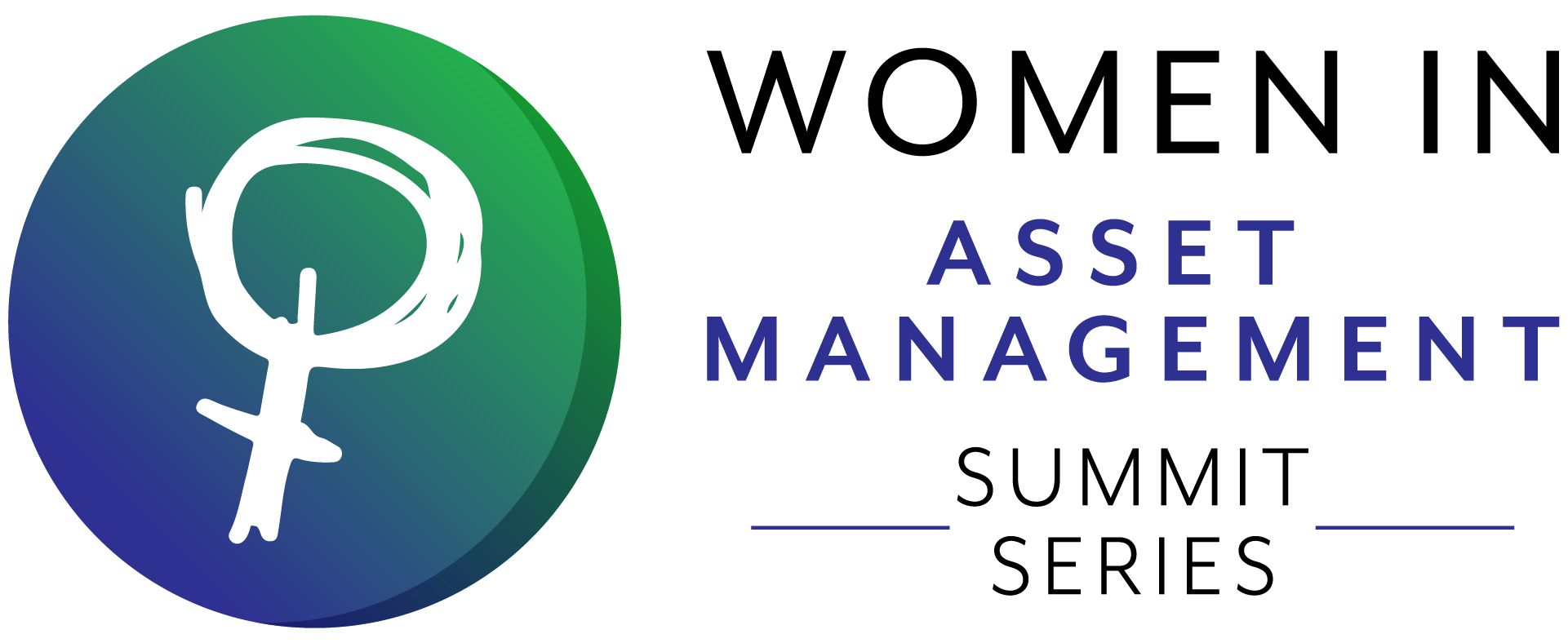IS THE CULTURE OF YOUR ORGANISATION D&I FRIENDLY?

Hani Nabeel
Chief Behavioural Scientist
iPsychTec
”Diversity and inclusion (D&I) programmes have become a must do for organisations, particularly as organisations are focused now more than ever before at harnessing the key sentiment “equal opportunity for all”
But are they really shaping organisation culture to live the sentiment? Are we walking the talk?”
Is the culture of your organisation D&I friendly?
The ask of D&I programmes is not an easy one. If organisations want diversity, then they have to be able to embrace difference, even divergence, and recognise the value in doing so. If they want inclusion, then they have to accept the sharing of opinions even if, at first sight, that may appear to bring the additional complexity of including others in making decisions and in acting on those decisions.
Then add to that where we are in the profile of those we expect to sponsor and push through D&I initiatives. The majority of senior positions are still pale, male and straight with 1 in 4 senior positions globally held by women (only a 6% increase in recent times) and with only 1% of Fortune 500 companies led by a black CEO. No Fortune 1000 company is led by an openly gay CEO.
But, let’s take a step back from demographics and take a moment to think about what D&I programmes are really asking organisations and their employees to do. A little reflection takes us inevitably and logically to a simple proposition: if the acid test for whether D&I programmes are gaining traction lies in how people behave rather than the demographic they represent, then surely organisations need to understand whether their culture encourages or discourages the behaviours aligned with D&I initiatives.
What’s the elephant still in the room? Maybe, it’s real commitment to D&I programmes!
Diversity and inclusion (D&I) programmes have become a must do for organisations, particularly as organisations are focused now more than ever before at harnessing the key sentiment “equal opportunity for all”, but are they really shaping organisation culture to live the sentiment? Are we walking the talk?
Recently we have been hit with a tsunami of diversity and inclusion (D&I) related news items that begs several questions about whether we have achieved a truly D&I workplace culture. This is the elephant that may still be in the room. While D&I programmes are seen as a must do, are organisations really gaining traction with those programmes? From that question follows another for the analytics community – how is the investment in analytics helping organisations understand the impact of their D&I programmes and what organisations need to do to strengthen that impact?
Exploring the flip side of D&I
The business case for D&I programmes has often been founded on now a classic study by McKinsey that showed the diversity of company boards was correlated with stronger financial performance, a finding supported by others such as Credit Suisse.
Those studies go some way to articulating the upside of D&I, but data clearly shows that many in today’s workplace are experiencing the flipside of true D&I. To develop a sense of what that flipside is, let’s do a quick thought experiment and imagine what the workplace would like if we were to espouse a philosophy of uniformity and exclusion (antonyms for diversity and inclusion).
So, try to imagine a workplace driven by uniformity and exclusion or U&E if you will. What would such a workplace feel like and what would the impact be on the commitment and performance of employees?
Hard to imagine? Well, data suggests that is exactly what many members of today’s workforce are experiencing and the impact on human capital and organisational performance is substantial. If the emotional cost on employees of the flipside of D&I is not compelling enough, research conducted at the University of California at Berkeley found that participants who hid their sexual preferences performed 17% worse than those who did not. And, this is a truly “inclusive” issue with nearly half of white straight male employees reporting that they suppress their true identities while at work.
You can hear more from Hani at the Women Asset Management Virtual Summit on 23rd February 2021. You can view the full agenda and register for your free place here.
About the author
Hani Nabeel is the Chief Behavioural Scientist at iPsychTec, a world leading People Analytics and behavioural science company. He is the architect and founder of the award winning and ground-breaking CultureScope behavioural analytics platform for scientifically measuring and embedding organisation’s desired culture using predictive analytics and actionable insights.
Hani’s work combines the best elements of scientific and applied research with a focus on Organisational Culture by providing ground-breaking diagnostics, delivering advanced predictive analytics and producing actionable business insights to help organisations achieve sustainable competitive advantage. In 2017, CultureScope was awarded the Wharton People Analytics Award for the CultureScope solution, the only non-US company to ever receive this award. Hani recently deployed behavioural analytics as the first line of defence for financial crime for a global bank across 71 countries.
Hani has over 20 years of experience delivering Leadership & Talent Management Consulting services as well as quantitative behavioural research. Hani also has an MSc in Occupational Psychology, an MSc in Advanced Research Methods and holds a commercial pilot license.
Hani is a regular guest at organisational culture and data analytics events such as the Wharton and Tucana People Analytics conferences. Hani is also a frequent contributor to the UK Finance Academy & Forums and has written articles on culture in the Business Times, Executive Grapevine, Disrupt HR, HR Director and HR Zone. Hani is a lecturer and a talent development consultant for a number of corporate universities.

